Quality
P55: Randomized Controlled Trial - Perioperative Telemonitoring of Patient Generated Health Data in Gastrointestinal Oncologic Surgery: Assessing Outcomes
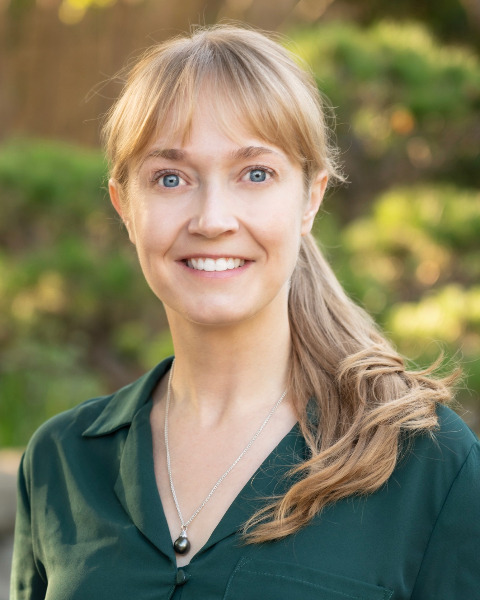
Kelly M. Mahuron, MD
Complex General Surgical Oncology Fellow
Department of Surgical Oncology, City of Hope National Medical Center, Duarte, CA
Duarte, California, United States
Kelly M. Mahuron, MD
Complex General Surgical Oncology Fellow
Department of Surgical Oncology, City of Hope National Medical Center, Duarte, CA
Duarte, California, United States
Kelly M. Mahuron, MD
Complex General Surgical Oncology Fellow
Department of Surgical Oncology, City of Hope National Medical Center, Duarte, CA
Duarte, California, United States- PE
Patricia Esslin, PhD
Clinical Nurse Specialist
Department of Surgical Oncology, City of Hope National Medical Center, Duarte, CA, United States - VS
Virginia Sun, PhD, MSN, RD
Professor
Department of Populatin Sciences, City of Hope National Medical Center, Duarte, CA, United States - OO
Oluwatimilehin Okunowo, MPH
Biostatistician
Department of Computational and Quantitative Medicine, City of Hope National Medical Center, Duarte, CA, United States - DF
Darrell Fan, n/a
Researcher
Department of Surgical Oncology, City of Hope National Medical Center, Duarte, CA, United States - AK
Andreas Kaiser, MD
Professor
Department of Surgical Oncology, City of Hope National Medical Center, Duarte, CA, United States - IP
Isaac B. Paz, MD
Clinical Professor
Department of Surgical Oncology, City of Hope National Medical Center, Duarte, CA, United States 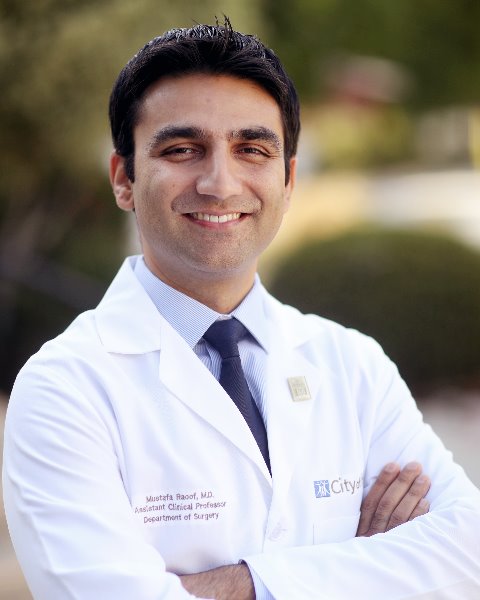
Mustafa Raoof, MD, MS
Assistant Professor
Division of Surgical Oncology, City of Hope National Medical Center, Duarte, CA
Duarte, California, United States- AL
Aaron Lewis, MD
Assistant Clinical Professor
Department of Surgical Oncology, City of Hope National Medical Center, Duarte, CA, United States - KM
Kurt A. Melstrom, MD
Associate Clinical Professor
Department of Surgical Oncology, City of Hope National Medical Center, Duarte, CA, United States 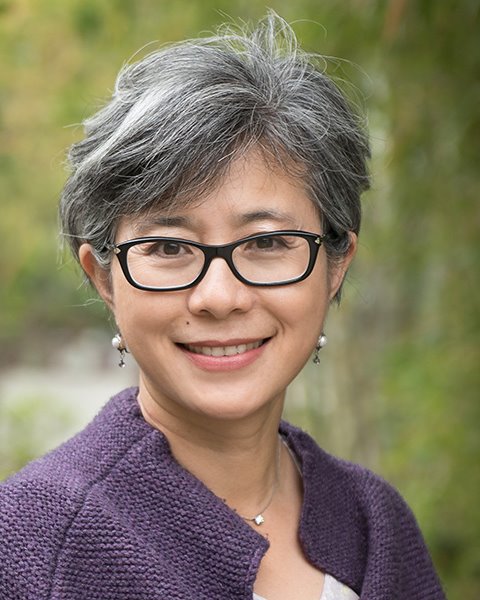
Lily L. Lai, MD
Associate Professor
Department of Surgical Oncology, City of Hope National Medical Center, Duarte, CA
Duarte, California, United States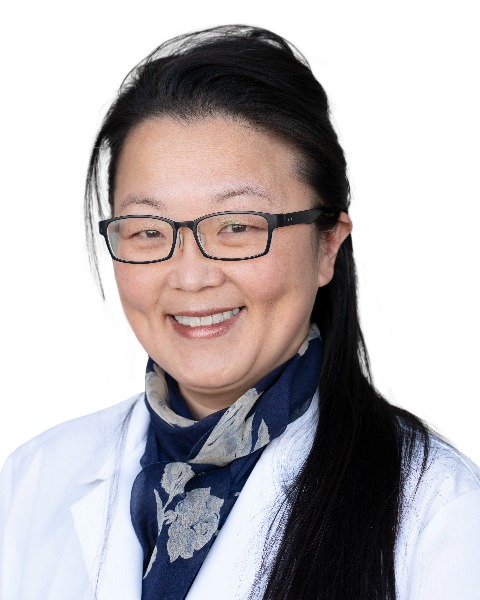
Yanghee Woo, MD
Associate Professor
Department of Surgical Oncology, City of Hope National Medical Center, Duarte, CA
Duarte, California, United States- GS
Gagandeep Singh, MD
Clinical Professor
Department of Surgical Oncology, City of Hope National Medical Center, Duarte, CA, California, United States 
Yumon Fong, MD
Professor
Department of Surgical Oncology, City of Hope National Medical Center, Duarte, CA
Duarte, CA, California, United States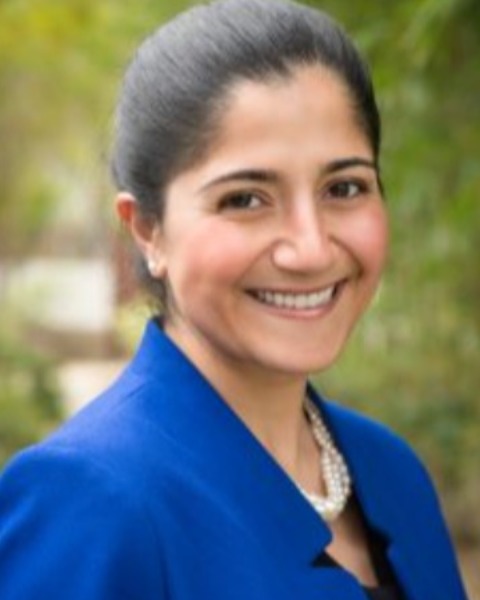
Laleh Melstrom, MD
Associate Professor
Division of Surgical Oncology, Department of Surgery, City of Hope National Medical Center, Duarte, CA
La Verne, California, United States
Oral Poster Presenter(s)
Submitter(s)
Author(s)
Outpatient telemonitoring has potential to optimize perioperative care. In this study, we sought to determine whether post-discharge telemonitoring with nursing triage intervention improves surgical outcomes and recovery after gastrointestinal oncologic surgery.
Methods: A prospective, randomized controlled trial was conducted at a single institution. Patients undergoing gastrointestinal oncologic surgery were randomized to the telemonitoring intervention arm or the enhanced usual care control arm. At predefined intervals, groups completed electronic symptom surveys, and activity and vital signs were assessed using provided equipment and a telehealth monitoring app. The intervention arm additionally received nursing triage support when data deviated from defined thresholds. The primary outcome was feasibility and acceptability, and secondary outcomes were preliminary efficacy data including surgical outcomes, healthcare utilization, electronic patient reported outcomes (ePROs) and functional recovery. Linear mixed effects model was used to assess differences in ePROs between study arms from baseline to 30 days post-discharge.
Results: From April 2021 to August 2023, 129 patients (median [IQR] age, 53 [47-65]; 43% female) were randomized (65 intervention, 64 control). Groups had similar baseline characteristics regarding demographics, comorbidities, socioeconomic factors, and surgical approaches. Up to 39% lived >50 miles from the medical center. Overall attrition was 12%. There were no differences in feasibility, retention or acceptability between arms. Regarding surgical outcomes, there were no significant differences in postdischarge complications (Grade 3+ and CCI score) or readmissions. In terms of ePROs, the intervention arm reported significantly lower MD Anderson Symptom Inventory (MDASI) interference with activity and symptom severity scores at multiple time points compared to the control (P< 0.05). Additionally, reported qualify of life (QoL) by the EQ-5D-5L score was significantly better with intervention at Day 7 postdischarge (P< 0.05).
Conclusions: This study demonstrates that perioperative telemonitoring is feasible and acceptable with low attrition rates. Nurse triage intervention resulted in reported mitigation of symptom severity and activity interference and improved QoL in the postdischarge period. To improve resource utilization and surgical outcomes, more work is needed to optimize the implementation of telemonitoring.
Learning Objectives:
- Describe the potential benefits of perioperative telemonitoring for postoperative recovery.
- List and understand examples of commonly used electronic patient reported outcomes (ePROs) such as the MDASI.
- Describe how post-discharge nursing triage intervention can lead to improved outcomes and functional recovery for postoperative patients.
